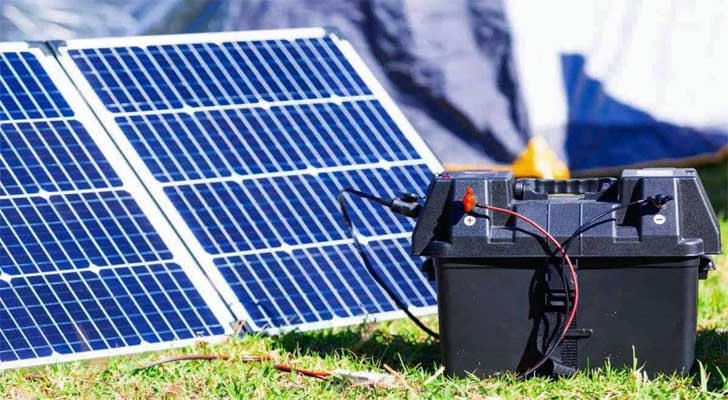How to Obtain Solar Batteries at Low or Nearly Free Costs
As renewable energy technology progresses, an increasing number of Australian households are turning to solar batteries to store renewable energy, helping to lower electricity bills and reduce carbon footprints. However, the high cost of solar batteries can be a significant barrier for many families and businesses. Fortunately, the Australian government and private companies offer various pathways to help residents acquire solar batteries at low or nearly no cost. This article will explore several effective options for obtaining solar batteries.

I. Government Subsidy Programs
Victoria's Solar Homes Program
The Victorian government has implemented the "Solar Homes Program," which provides subsidies not only for solar panels but also for battery installation. Eligible households can receive grants of up to $4,174, significantly reducing the overall cost of installing batteries.South Australia’s Home Battery Scheme
South Australia's "Home Battery Scheme" allows qualifying residents to apply for a battery installation subsidy. Depending on their electricity consumption and energy needs, the subsidy can reach as high as $6,000, allowing some residents to install batteries at minimal or no cost. The program's main goal is to decrease reliance on the grid while promoting the use of renewable energy sources.New South Wales’ Solar Battery Pilot Program
New South Wales has initiated a pilot program that provides subsidies for battery installation. While the program's scale is limited, it presents an excellent opportunity for eligible households to acquire batteries at reduced costs.

II. Participate in Virtual Power Plant Projects
Virtual Power Plants (VPPs) offer an innovative solution for Australian households to obtain solar batteries at minimal or no cost. VPPs enable multiple households' batteries to be collectively managed, creating a power reserve that can be sent to the grid. Participants can install batteries without paying the full price and can earn income by selling excess electricity.
Tesla Powerwall and AGL’s VPP Project
Tesla, in collaboration with energy companies like AGL, has launched a VPP project that allows users to install Tesla Powerwall batteries at low prices or even for free. Once connected to the grid, these batteries become part of the VPP, allowing users to sell excess power back to the grid during peak demand. Participants not only save on electricity bills but can also generate additional income.
III. Private Company Promotions
Many Australian solar companies run special promotions that allow new customers to receive free batteries when installing solar systems. While these offers are often limited, they provide an excellent opportunity for those fortunate enough to qualify.
IV. Case Study: Sarah's Experience
Sarah, a resident of Queensland, had installed solar panels a few years back, but she found her electricity bills were still higher than expected. To further reduce costs and minimize reliance on the grid, Sarah explored options for solar batteries. She discovered the Home Battery Scheme in South Australia through an online resource.
After confirming her eligibility, Sarah applied for the subsidy and was approved for a $5,000 grant, covering a significant portion of her battery installation cost. With the financial support, she was able to install a solar battery and store excess energy produced during the day for use at night.
Now, Sarah enjoys lower electricity bills and has peace of mind knowing she is using more renewable energy in her home. The combination of government support and her initial solar investment has made a significant difference in her family's energy consumption and financial savings.
V. Summary
In Australia, obtaining solar batteries at low prices or almost for free is entirely feasible. By leveraging government subsidies, virtual power plant projects, and special promotions from private companies, families can significantly reduce installation costs. With these resources available, households like Sarah’s can make better use of solar energy, save money, and contribute to a more sustainable future.
